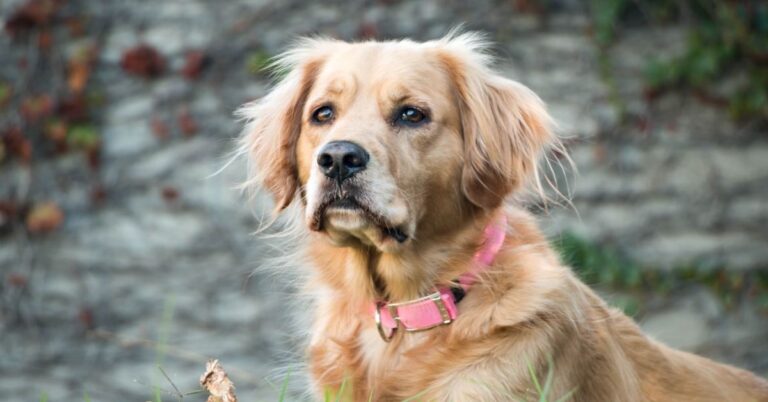15 Interesting Facts About Poodles
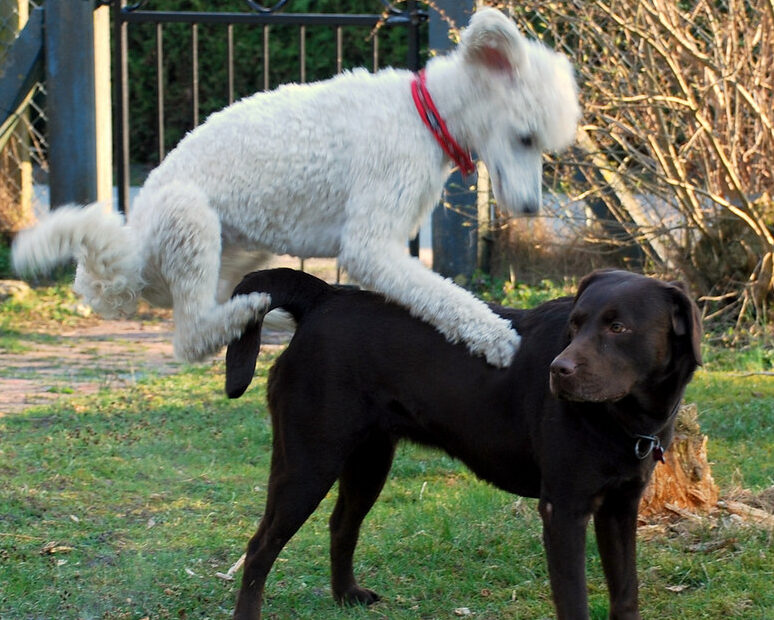
Poodles are one of the most popular dog breeds in the U.S., originally bred in medieval Europe to hunt ducks. Nowadays, these stylish dogs are known for winning dog shows and doing great in sports like agility. If you’re curious about these adorable pups—here are 15 interesting facts about Poodles you’ll want to know.
Tiny Versions of Poodles Came Later
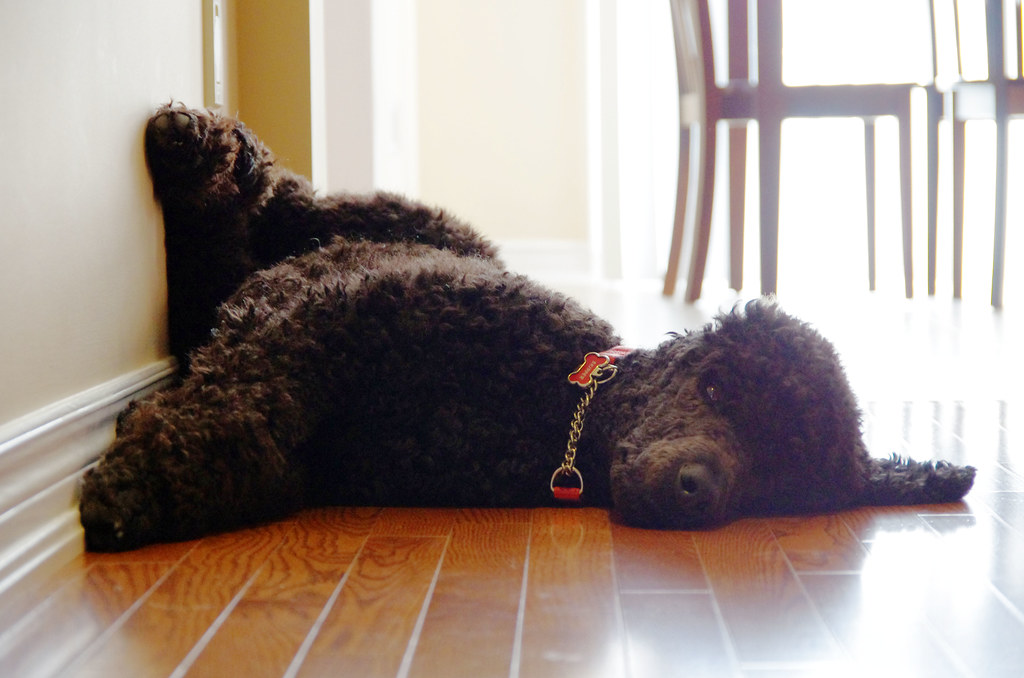
The miniature, toy, and teacup poodles all come from downsizing the original standard poodle. These smaller versions were first bred to be companions and lap dogs for rich people. They were also trained for different kind of tasks, like hunting truffles and doing tricks in circuses. The standard poodle, the largest size, was originally bred to retrieve ducks.
Poodles Rock a Variety of Haircuts
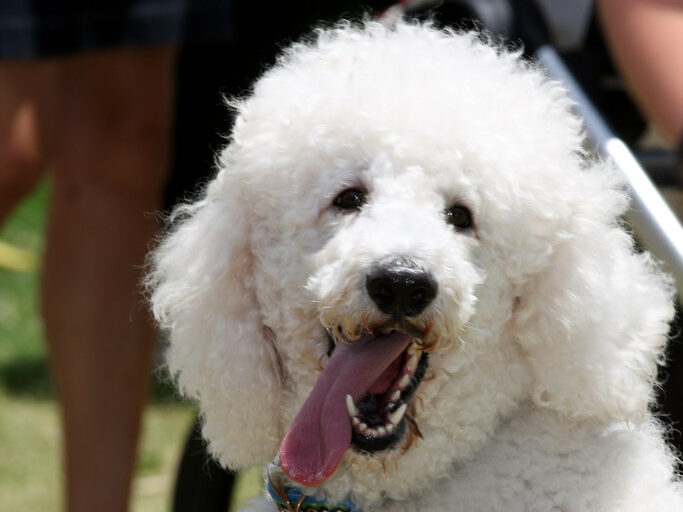
While the iconic continental clip is popular among dog show competitors, many poodle owners find shorter cuts way easier to manage. Back in the day, the continental clip was made to keep poodles warm in chilly weather. The tufts of hair over their joints and bodies were meant to insulate them in cold water, but these days, it’s mostly just a style choice for pet parents.
Poodles Started as German Hunting Dogs
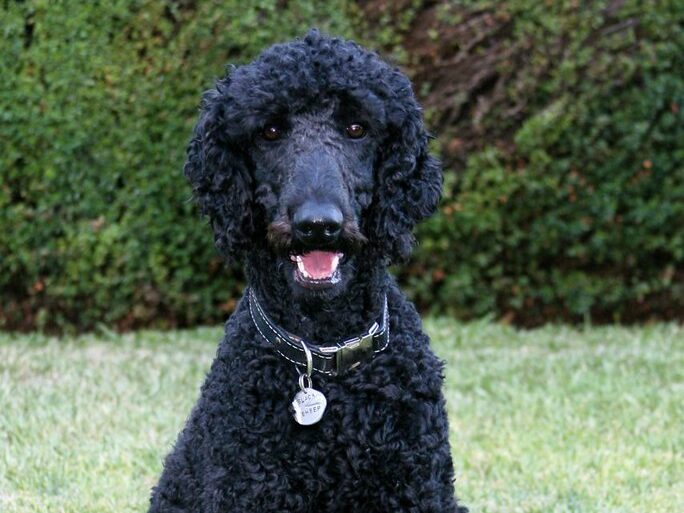
You can spot poodle-like dogs in artwork by German artist Albrecht Durer as early as the late 1400s to the early 1500s. While most people think of poodles as a French breed—they actually started out in Germany as water retrievers. The word “poodle” comes from the German word “pudelin,” which means splashing around in water.
They Are Allergy-Friendly Breed
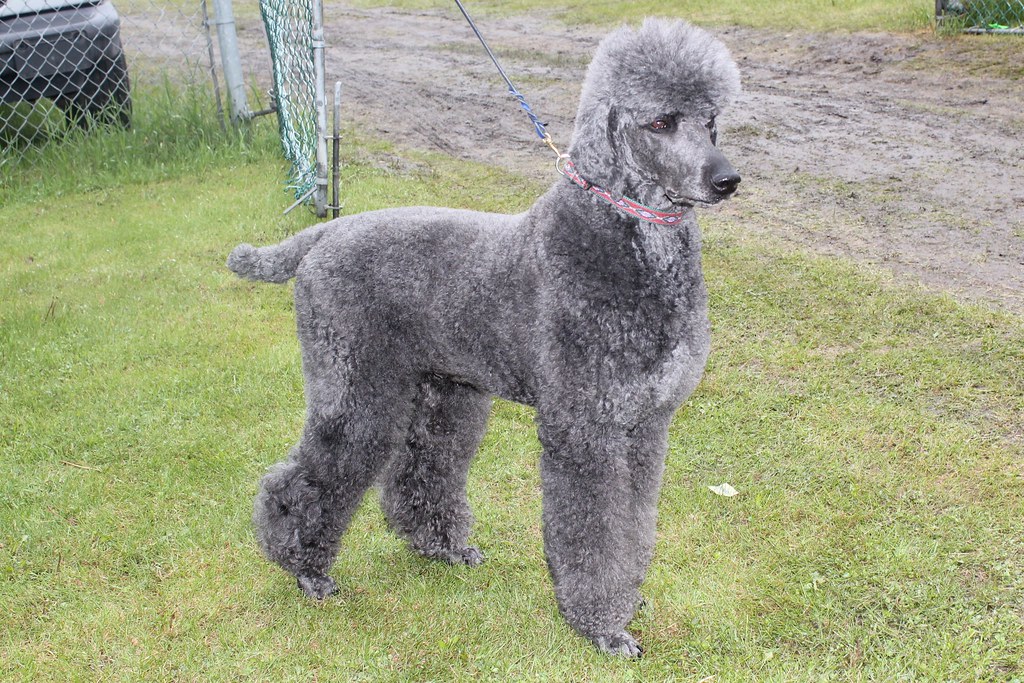
While no dog breed is totally hypoallergenic, poodles are famous for their low-allergen coats. Their curly fur sheds less than other types of coats—which has led to popular hybrid breeds like the Labradoodle and Goldendoodle for all those who suffer from nasty allergies. The poodle coat also produces less dander and dead hair than other dog breeds.
Poodles Make Awesome Service Dogs
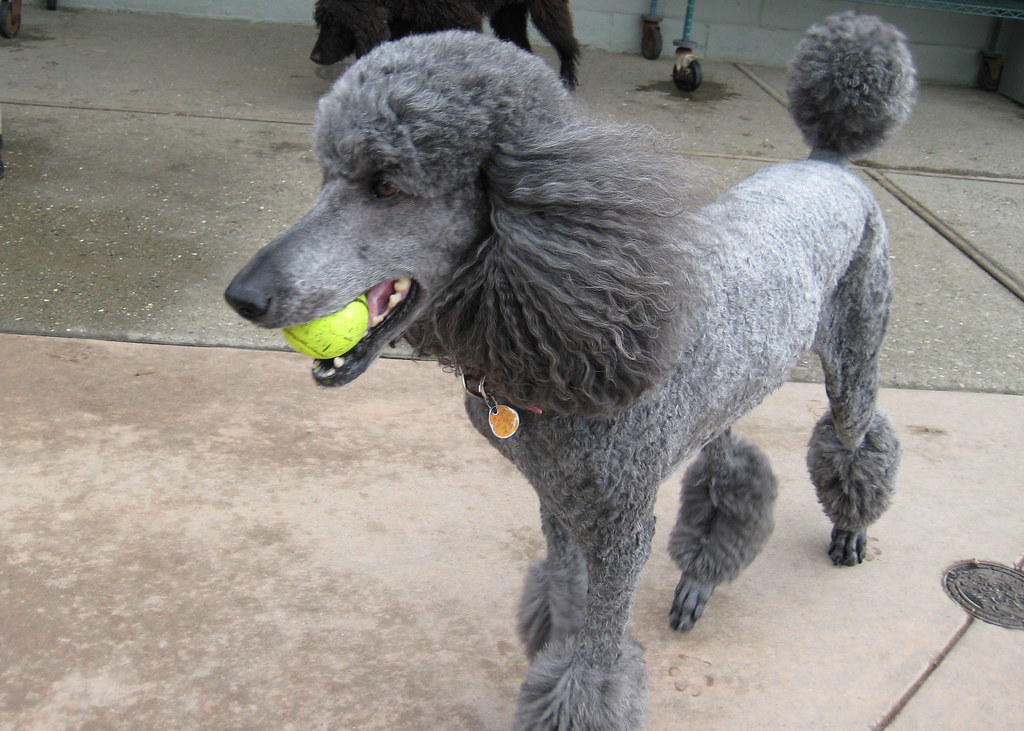
Can Poodles be service dogs? Absolutely! Poodles are amazing mobility dogs because they do so well at complicated tasks. They typically act as guides for all those people who can’t see. They also help those with physical disabilities and serve as great therapy dogs. Plus, they’re just a bundle of cuteness that can lift anyone’s spirits.
Poodles Are The National Dog of France
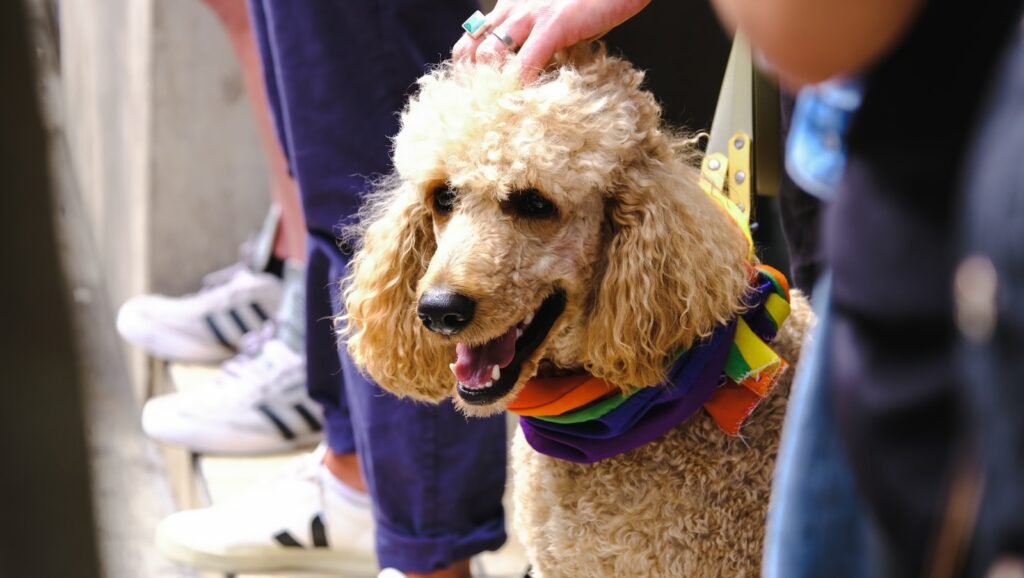
Although poodles originally came from Germany, one of their ancestors is the Barbet, a curly-coated French water dog. Poodles are called “caniche” in French, which reflects their past as duck hunters. The royal family even had this amazing pup as a pet. King Louis XVI of France loved his toy poodles so much that he made them a national symbol.
Poodles Took on the Iditarod Challenge
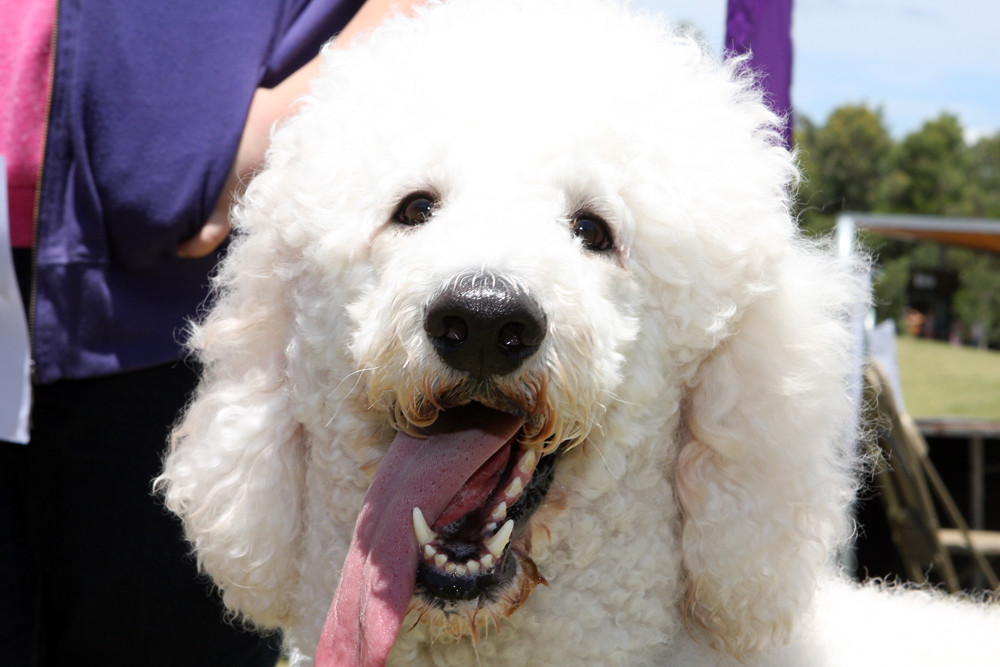
In 1988, one musher named John Suter entered a team of standard poodles in Alaska’s famous dog sled race, which is usually for Siberian huskies and other Northern breeds. While the poodles gave it their all as amateur sled dogs, they weren’t quite built for the cold, and a few had to be dropped at checkpoints.
There Are Three Types of Poodles
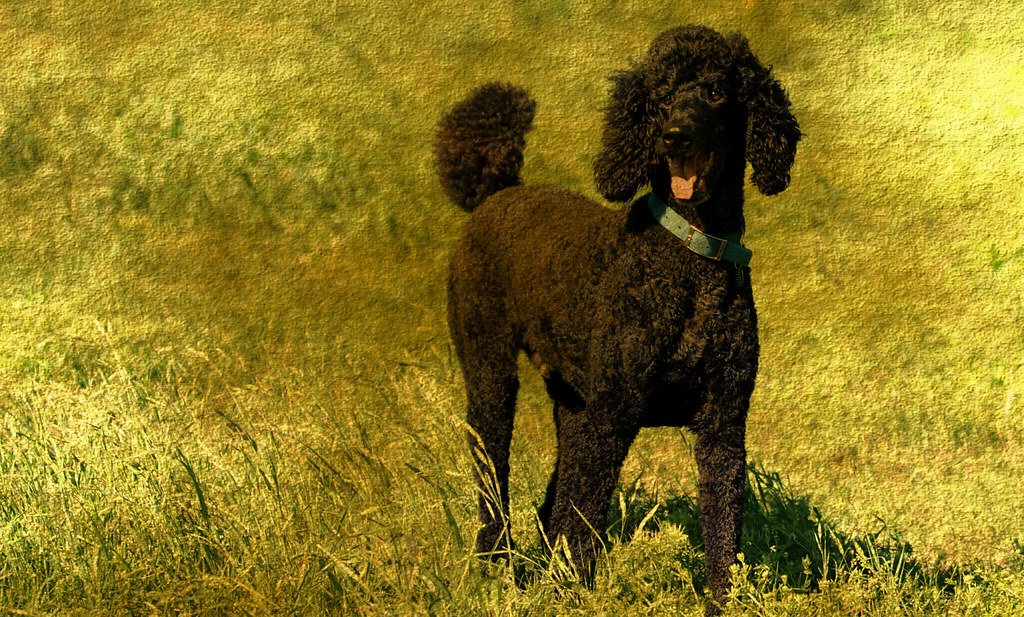
The breed standard coat colors and haircuts are similar among the smallest toy poodle, the mid-sized miniature, and the standard poodle. Some breeders wanted all the great traits of the standard poodle but in a smaller package, so they developed miniature and toy poodles. The standard one is the biggest and oldest of the three different sizes.
The Unsung Heroes of WWI and WWII
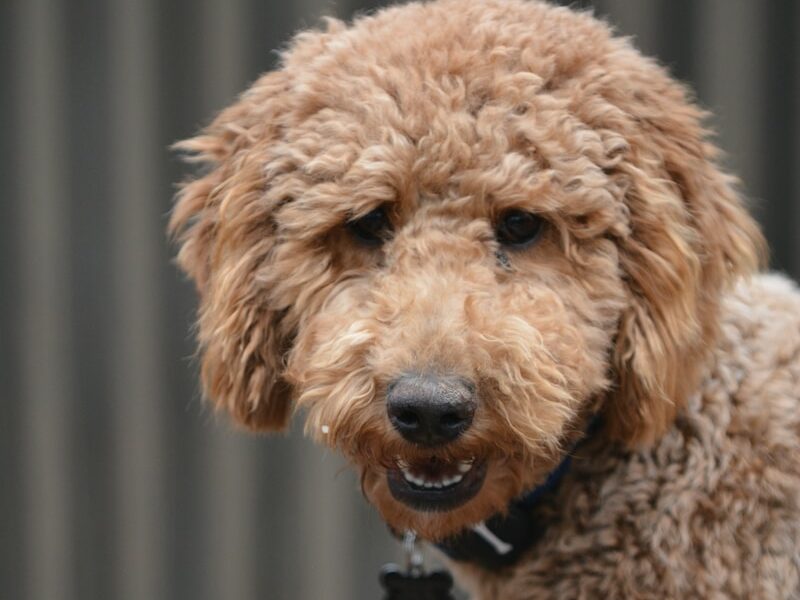
Poodles have been working dogs in the military since the 17th century. During World War I, they served as messenger dogs and pulled small carts with supplies. They also acted as military mascots during WWI—during which they offered companionship and emotional support to troops. These pups were also used to guard U.S. military bases during World War II.
Poodles Are Brainiacs
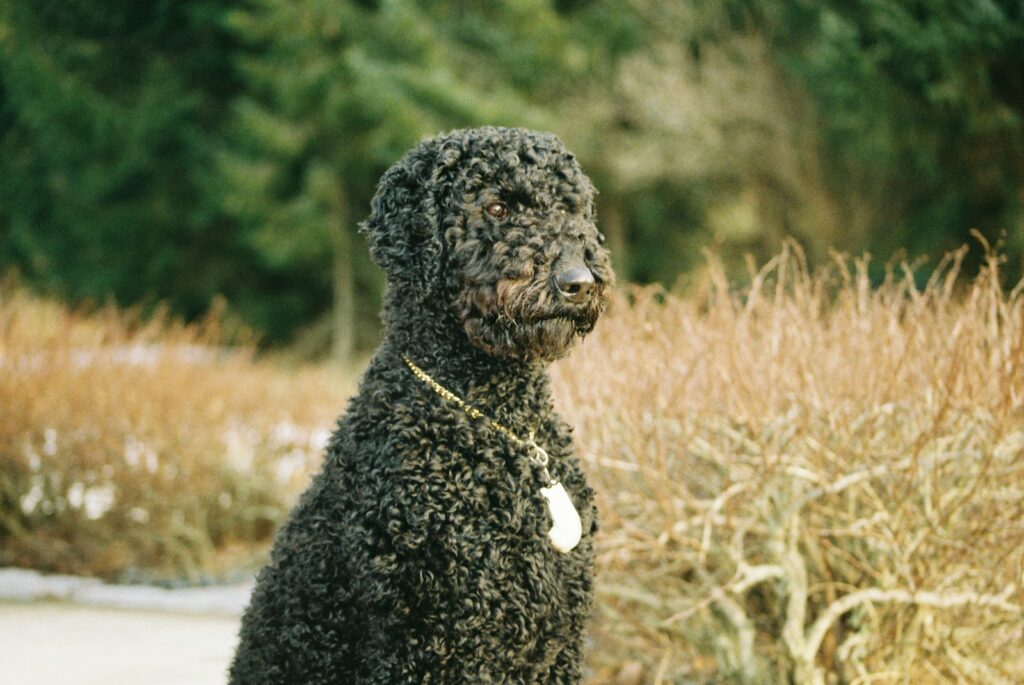
Don’t get us wrong, border collies are smart and adorable when they perform tricks, but it’s super tough to match a poodle’s intelligence when you live with one. Poodles can learn a huge variety of tricks, from walking on two paws to jumping through hoops, and they’re also incredibly observant of their human friends, often trying to copy our behavior.
Poodles Have Hair That Just Keeps Growing
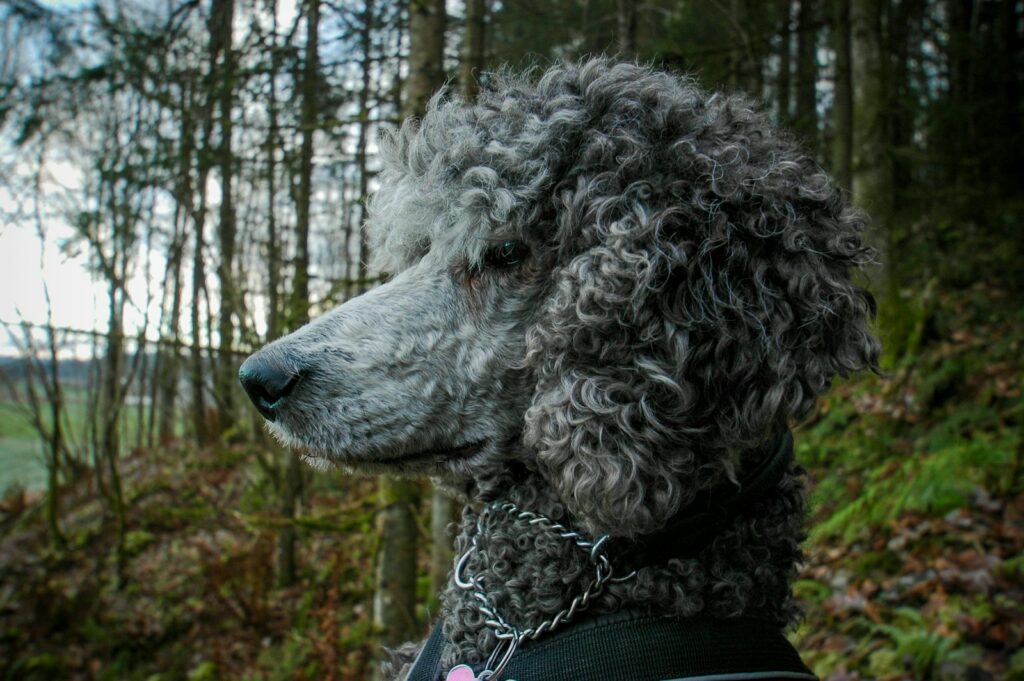
Let’s get this straight. Poodles have hair, not fur. That’s right, a poodle’s coat isn’t considered fur. While most dog breeds shed their fur depending on the season, these pups don’t have that luxury and need regular grooming. No matter how long and fluffy their hair gets—it just keeps on growing and growing. Every poodle owner knows they must be groomed regularly to keep their hair manageable.
Poodles Are People-Pleasers, Not Pet-People
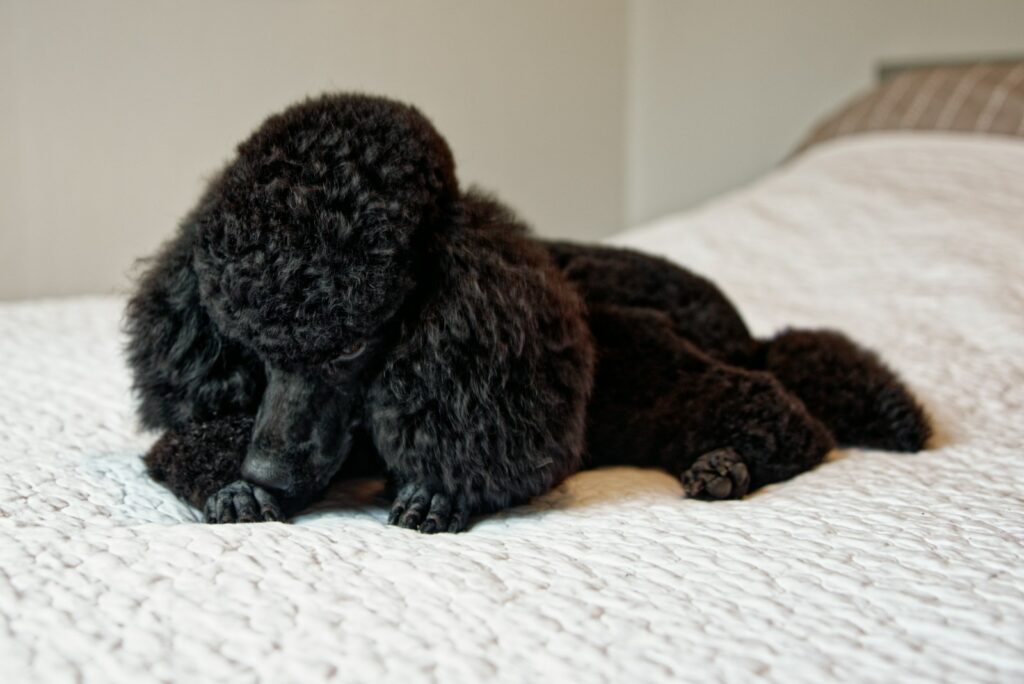
If you’ve ever taken your poodle to a dog park or beach, you may have seen they’re a bit hesitant to run around with unfamiliar pooches. They often need a lot of encouragement to venture off, and when they do, they usually come back within a few minutes. Poodles prefer spending time with their family rather than making new friends.
They Can Be Leaders or Loyal Followers
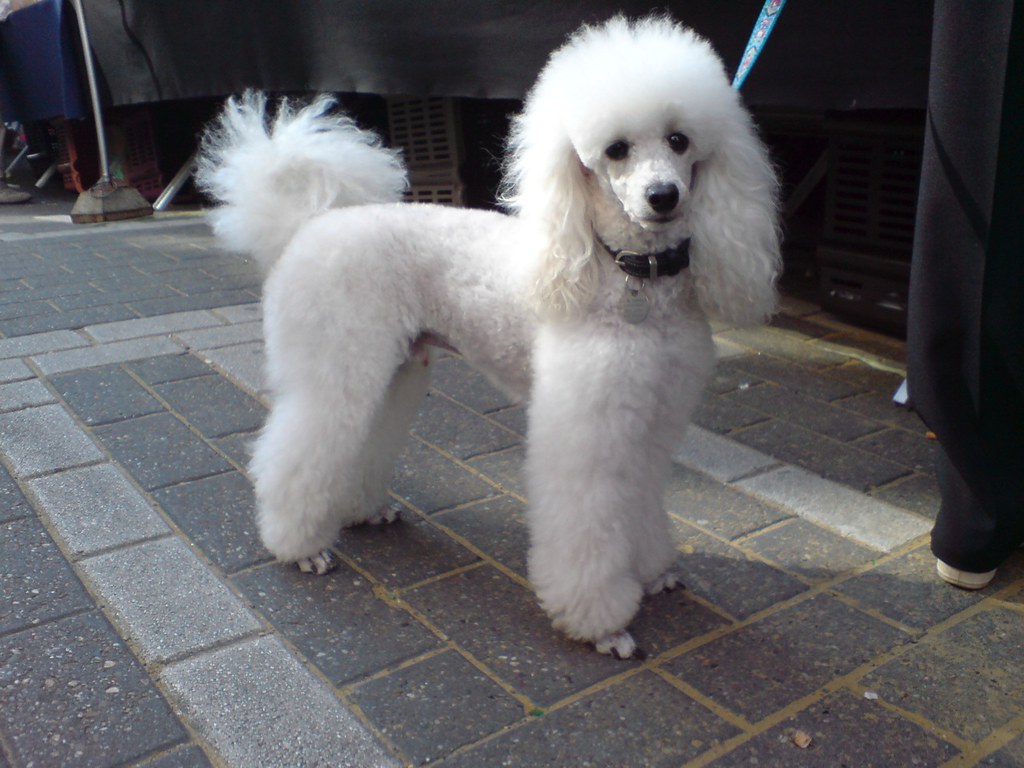
Because of their awareness and impressive intelligence, poodles need the stimulation that comes from having a strong leader in their lives. If they don’t have a leader, they’ll quickly take on that role and become dominant and super hard to train. This isn’t about being rebellious—dogs are pack animals, and they get that without a strong leader, the pack can struggle.
Poodles Are Fantastic Swimmers
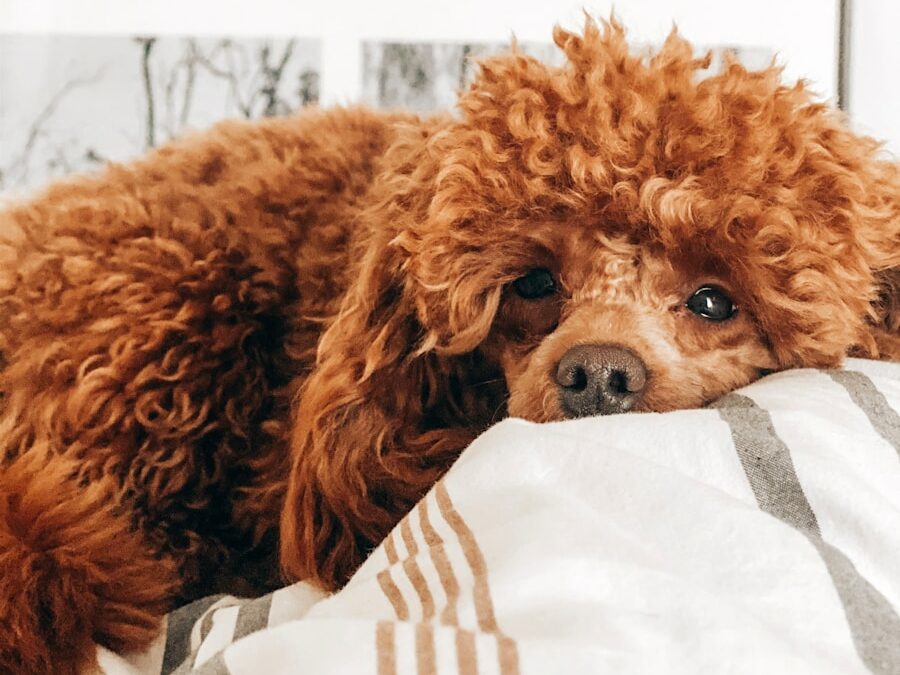
Poodles are very famous for being water dogs as they were originally bred to fetch birds, ducks, and so much more from the water and bring them back to their humans. This means they’re usually awesome swimmers. Plus, their striking curly coat has a purpose, too—its texture helps resist moisture and makes it easier for them to swim.
The Healthy Breed with Few Issues
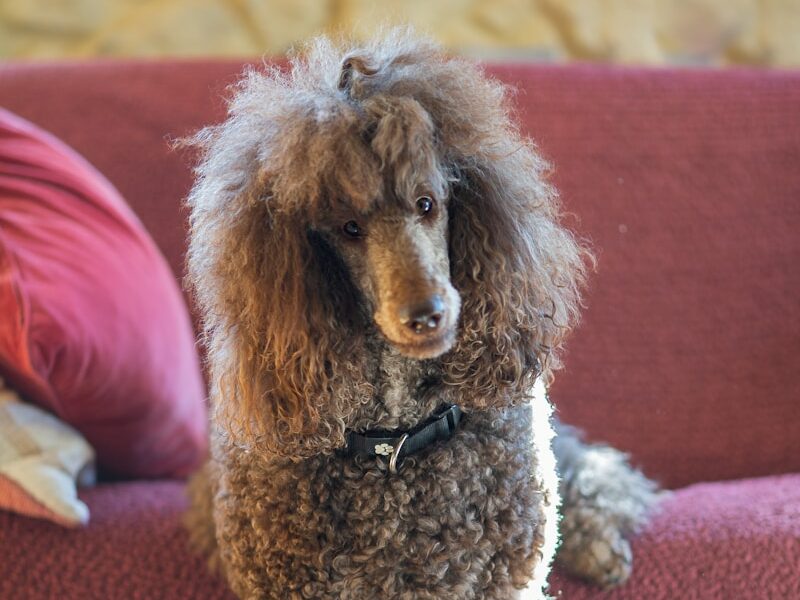
Poodles are generally seen as a very sturdy breed with only a few health problems. They live around 10 to 18 years. Thanks to a long history of breeding for calm, compassionate, and smart traits, most of these pups live long, healthy lives. But hey, they’re not invincible—they can still end up with hip dysplasia, Addison’s disease, Cushing’s disease, and epilepsy.




